Ultimate guide to the best seasonal products in Summer
Nowadays, most produce is available all year round thanks to greenhouses and advanced technology.
However, produce used in season is higher quality with stronger flavours and a better taste. The more affordable prices are another positive point.
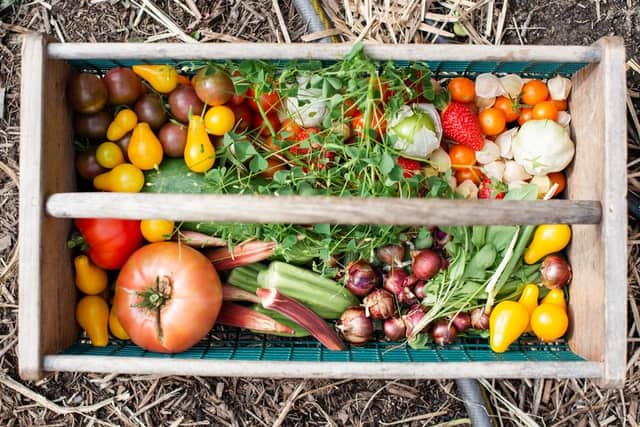
Depending on your region, growing seasons and crop availability will vary. Warmer regions will have longer harvest times in summer and colder zones have shorter seasons.
You will find the largest variety of the fresh fruits and vegetables in summer. Some plants might overlap seasonally. Certain products will begin to sprout in spring, while others will be available until fall; this all depends on the weather.
Some of the ingredients are available all year, no matter the season, but only those with peak season in summer make it onto our list. We haven’t mentioned tropical products; these are imported and grow all year around. We will discuss tropical products in another article.
Fruit
Apples
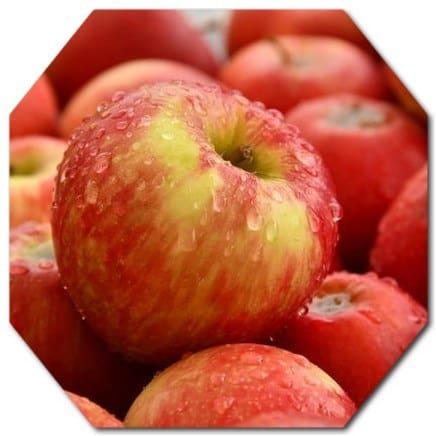
There are over 100 varieties to choose from and the best known are ‘Granny Smith’, ‘Golden Delicious’ and ‘Jonagold’. Apples are loaded with vitamin C, especially in the skin and they also have a cholesterol lowering effect. Apples can keep for up to 2 months in a cool place.
In the kitchen: depending on the variety you use, they are a great product in savoury as well as sweet dishes. A refreshing granité, a warm apple mash or a succulent apple cake, it’s hard to make a choice.
Avocados
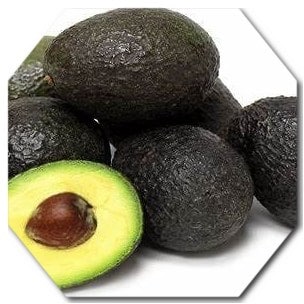
They are botanically considered a fruit and to be more specific a berry with a single seed! The fleshy pulp is full of B vitamins and fibre. Worldwide, avocados are more often used as a vegetable rather than a fruit.
In the kitchen: guacamole is always a hit. Smoothies or an avocado-mango salad are also worth discovering. Even the Japanese have introduced it into sushi! Don’t miss our veggie noodles with avocado-coconut sauce.
Berries
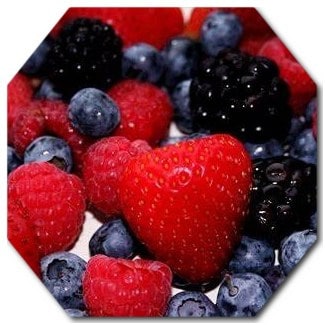
Berries differ as much in colours as well as taste and they are all delicate and delicious. It’s a crime not to love them. Blackberries, blueberries, raspberries, strawberries should be handled with care and eaten as soon as they are picked or purchased since they only keep fresh for a few days.
In the kitchen: some berries are great in salads but they all will lift your chocolate or ice cream desserts to another level and a Champagne jelly with berries is never a bad idea.
Cherries

Although it has a stone, it is not like any other fruit. Sweet cherries are firm and have a deep red colour. The sour variety are smaller and softer. Kirsch must be the best-known schnapps made from cherries. Remember, cherries can be frozen for later use!
In the kitchen: from cupcakes to cookies to trifles, cherries are fantastic to use in desserts, but they also work well to make cherry jam or alongside a meatloaf or in a pie.
Figs

There are two seasons but the main season is late summer. Protect them well if you grow them because birds love them too! The entire fruit, resembling a teardrop, is edible from the soft purple or green skin to the red flesh filled with tiny seeds.
In the kitchen: they complement many foods from the Mediterranean and pair well with smoked meat. They are amazing in desserts and with strong cheeses.
Melons
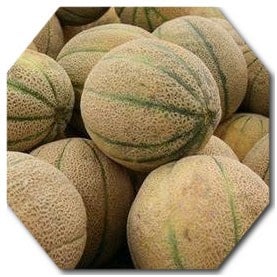
A healthy, ripe melon has a perfect shape and it feels heavy. We learned from the locals how to knock on the fruit and hear if it is ripe.. The smell of ripe melons should be sweet, even though the rind is thick and hard.
In the kitchen: they are perfect in a salad or combined with cheese and nuts.
Pears

Probably less appreciated than the apple, but they are in season at the end of the summer. Do you know that they mature on the tree but ripen best off the tree?
In the kitchen: raw, poached or baked. The mild flavours go well with dishes from breakfast to dinner.
Stone fruits
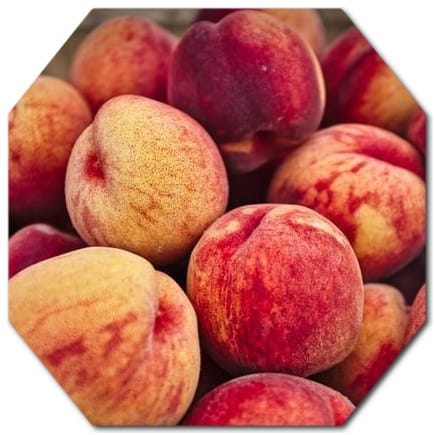
These include apricots, nectarines, peaches and plums. Indulge while you can because the season is short, especially for apricots. Nectarines and peaches are available for longer, but equally sweet and very juicy. It is said that plums and peaches reduce the effects of aging.
In the kitchen: you can have these raw but also roasted or sautéed. They work perfectly in jams, and desserts like clafoutis, tarts and more!
Tomatoes
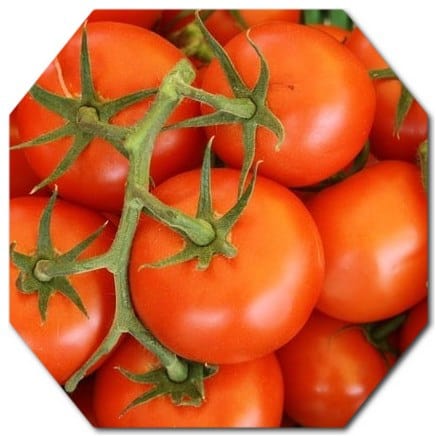
They are easy to grow and incredibly productive. Half of the world’s consumption comes in the form of tomato sauce and ketchup, but when fresh, they come in many colours, sizes, and varieties.
In the kitchen: these find their way into many recipes such as oven baked soups, salads, and stews.
Vegetables
Aubergines (also known as eggplant)
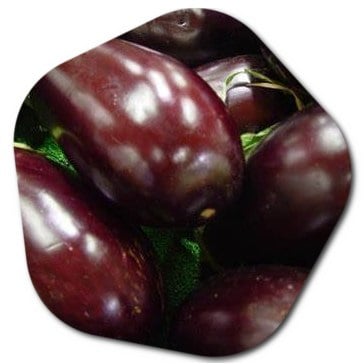
Botanically, aubergines are a fruit and member of the berry family but culinary spoken, it is a vegetable. You might only be familiar with the purple variety, but they are also available in white and green.
In the kitchen: this product is the hero in Baba Ghanoush but is also a great flavour bomb in ratatouille and with grilled meat.
Beets
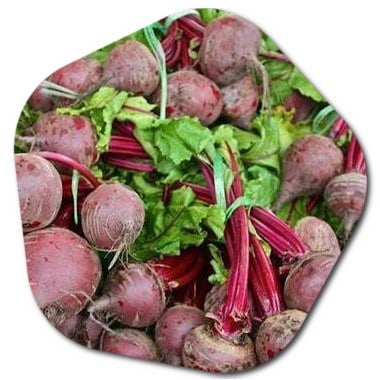
The root and leaves are culinary marvels. They have been gaining in popularity as a superfood as they are rich in nitrates and a powerful antioxidant. The taste is earthy and a little sweet.
In the kitchen: it makes food colourful; try it roasted in a salad, as a hummus dip, carpaccio, or as a juice.
Bell peppers
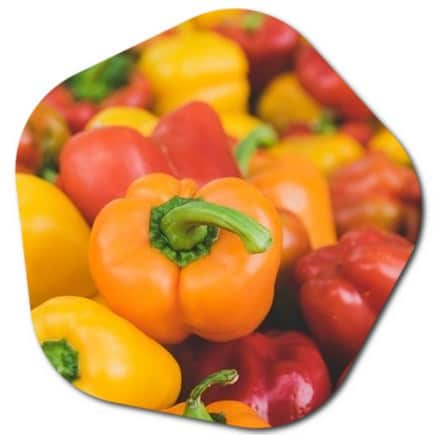
These come in red, green, yellow and orange and are also called sweet peppers or capsicum. When growing them, they all start out green and change colour as they mature. The longer on the vine, the sweeter they are. Peeling it can aid with digestion.
In the kitchen: they are great to stuff and will give a sweet hint to sauces and salads. A colourful coulis is also great for decoration.
Carrots
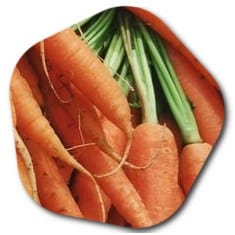
These are harvested all year, but the natural season is summer. Don’t forget that they come also in yellow, white and purple and can really enhance a dish to make it look more fancy.
In the kitchen: it pairs with most other root vegetables and is great to combine with ginger for a soup. Don’t forget that carrot cake is also very popular!
Corn
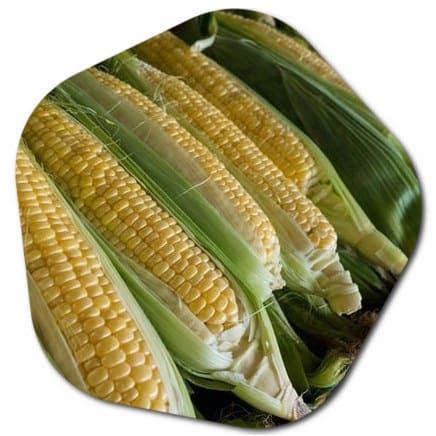
This long-rounded, starchy vegetable is covered with small seeds, called corn. It is one of the world’s most popular cereal grains and part of the basic staple food in many countries.
In the kitchen: corn finds its way into many summer dishes; grilled on the cob, corn casserole, corn pudding or corn in salads.
Cucumbers
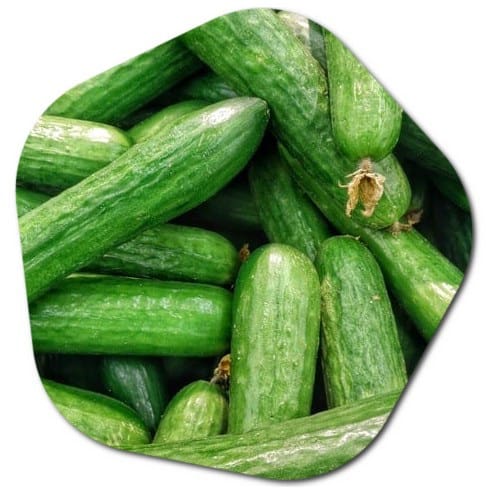
This long, lean, and green fruit of the vine has a cooling effect and comes from the same family as watermelons and pumpkins. They are naturally low in calorie and fat-free.
In the kitchen: best in salads and great in tzatziki.
Fennel
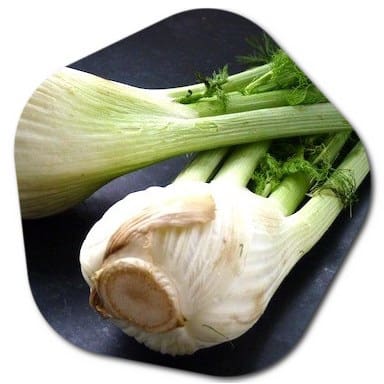
This bulb-like herb has long green stalks and is often used as a vegetable. It is firm and crunchy and the taste is a bit like anise and liquorice.
In the kitchen: it will give a modern twist when shredded in salads with citrus flavours or braised with beef.
Garlic

We do forget this product has a season! It is one of the oldest cultivated plants in the world and today it is commonly used in food as a flavouring agent for several dishes.
In the kitchen: prepare them roasted with some thyme, on bread or in garlic mash.
Green beans
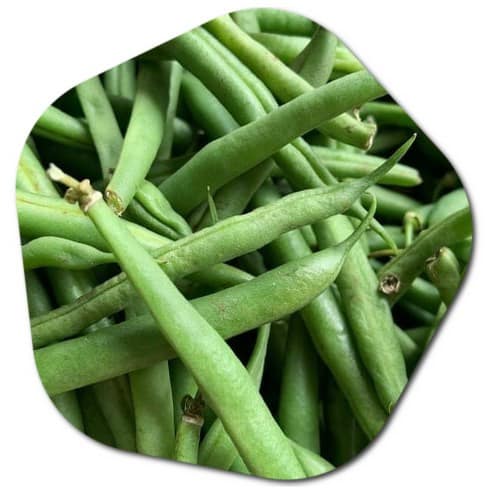
Whatever you like to call them, string beans, Kenya beans, haricot verts, we like the youngest, tender versions the best.
In the kitchen: cold or hot, they are versatile and go well with salads and as a side dish.
Lettuce
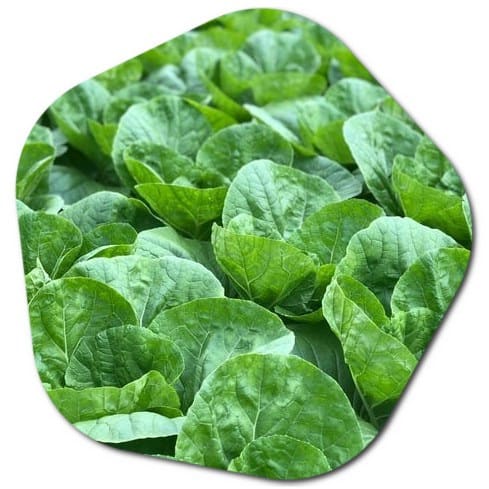
Nothing can compare to the flavour and taste of fresh lettuce straight from the garden or the farm. The centre must be firm and the leaves should be light green and soft.
In the kitchen: best eaten fresh and a good base for green salads but equally good to make wraps or soup.
New potatoes
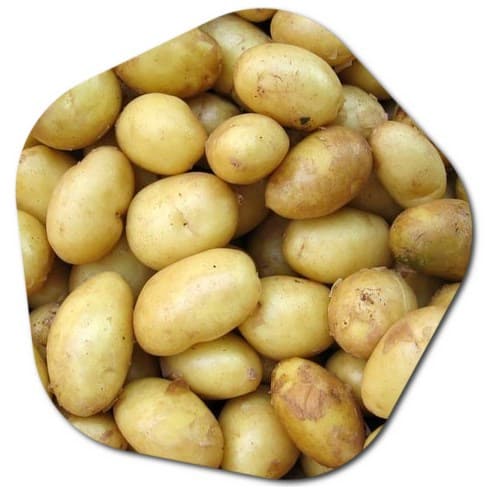
New potatoes are not simply the small ones. They need to be freshly harvested and they have a paper-thin skin. It is the same variety as a regular potato, only younger.
In the kitchen: we use them mainly to roast.
Peas

Snow peas or sugar peas have a flat edible pod and snap peas are a little sweeter. Both can be eaten whole and served raw or cooked.
In the kitchen: they are very often used as side dishes with meat recipes.
Radishes
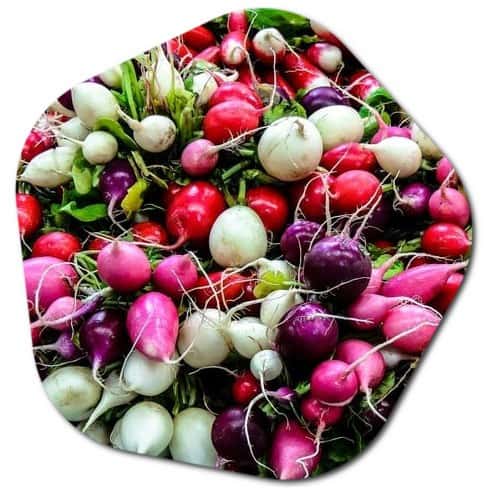
Always try to buy them with the leaves attached. At least you know they are freshly harvested and the radish itself should still be firm. They are a natural antifungal agent.
In the kitchen: is best raw as a snack, in salads or in a sandwich.
Zucchini

This is summer’s most popular squash that is eaten with the skin! The plant produces individual male and female flowers on the same plant. These flowers are more and more popular worldwide but are long time favourites in Italian cuisine.
In the kitchen: spaghettini or zucchini pasta is becoming extremely popular, but zucchini is also great for soups or as a base for vegetarian mini pizza. We lately served it as an ovenbaked side dish. The flowers are usually lightly battered and fried.